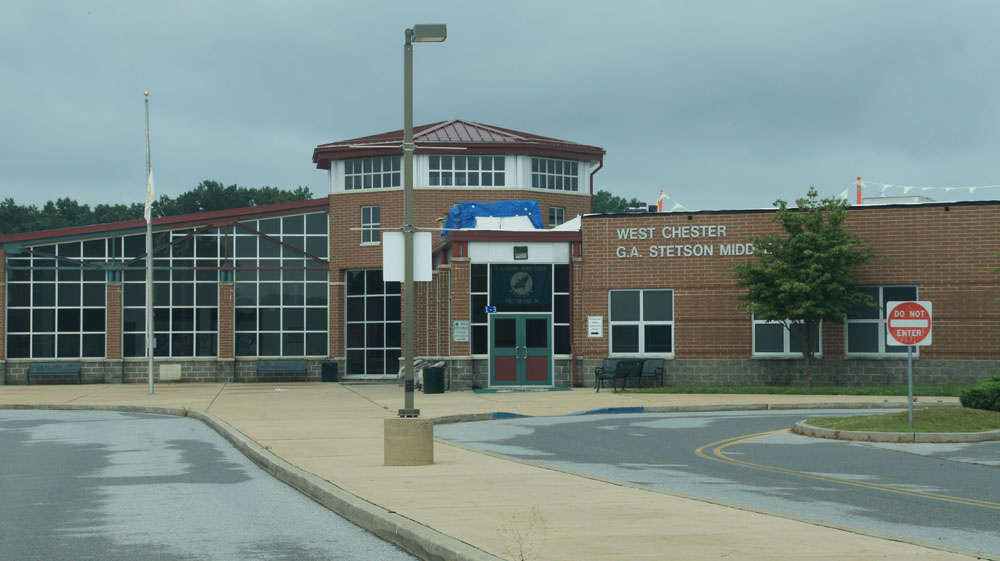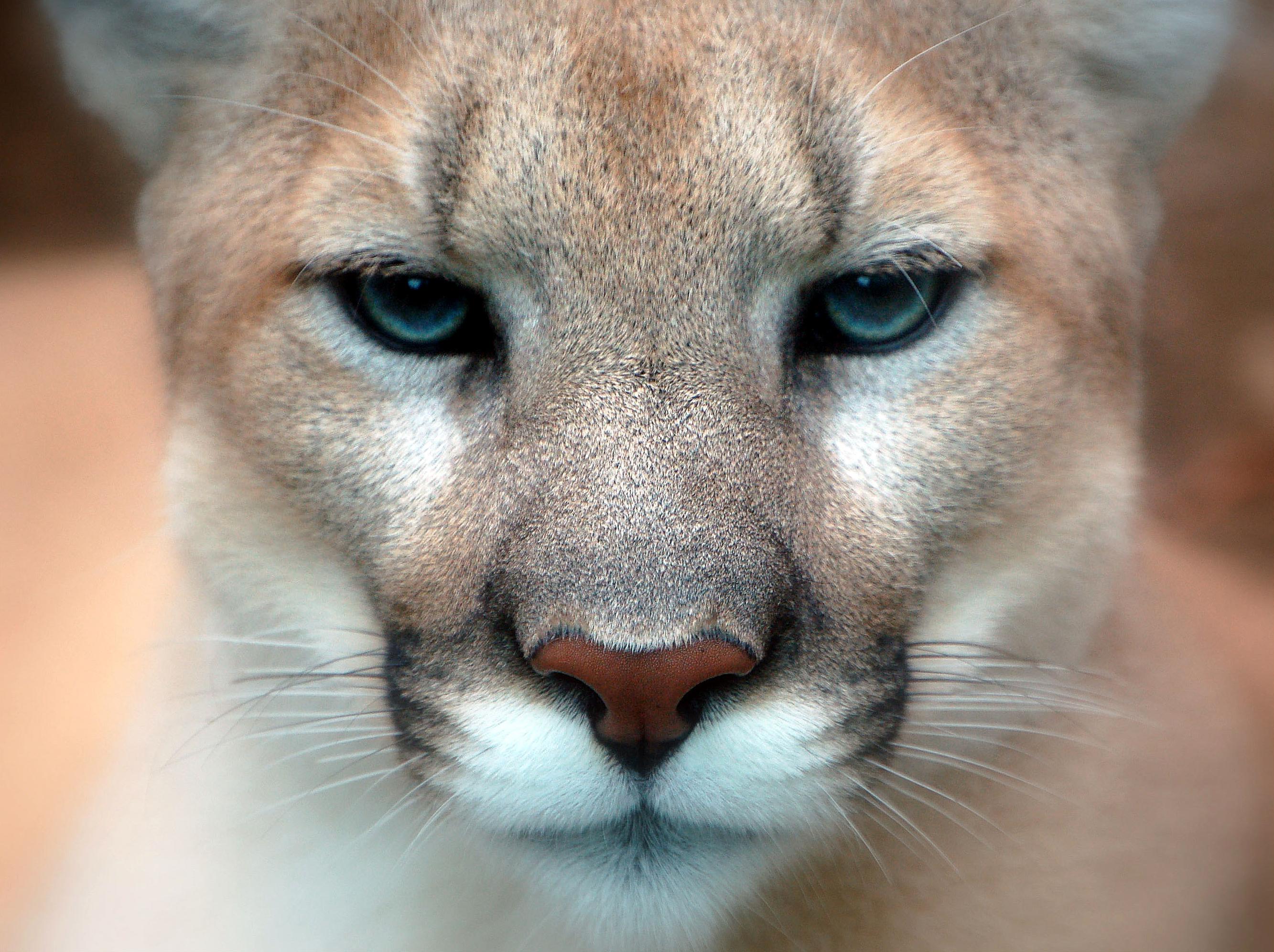|
Edward Drinker Cope
Edward Drinker Cope (July 28, 1840 – April 12, 1897) was an American zoologist, paleontologist, comparative anatomist, herpetologist, and ichthyologist. Born to a wealthy Quaker family, Cope distinguished himself as a child prodigy interested in science; he published his first scientific paper at the age of 19. Though his father tried to raise Cope as a gentleman farmer, he eventually acquiesced to his son's scientific aspirations. Cope married his cousin and had one child; the family moved from Philadelphia to Haddonfield, New Jersey, although Cope would maintain a residence and museum in Philadelphia in his later years. Cope had little formal scientific training, and he eschewed a teaching position for field work. He made regular trips to the American West, prospecting in the 1870s and 1880s, often as a member of United States Geological Survey teams. A personal feud between Cope and paleontologist Othniel Charles Marsh led to a period of intense fossil-finding competition ... [...More Info...] [...Related Items...] OR: [Wikipedia] [Google] [Baidu] |
Philadelphia
Philadelphia, often called Philly, is the largest city in the Commonwealth of Pennsylvania, the sixth-largest city in the U.S., the second-largest city in both the Northeast megalopolis and Mid-Atlantic regions after New York City. Since 1854, the city has been coextensive with Philadelphia County, the most populous county in Pennsylvania and the urban core of the Delaware Valley, the nation's seventh-largest and one of world's largest metropolitan regions, with 6.245 million residents . The city's population at the 2020 census was 1,603,797, and over 56 million people live within of Philadelphia. Philadelphia was founded in 1682 by William Penn, an English Quaker. The city served as capital of the Pennsylvania Colony during the British colonial era and went on to play a historic and vital role as the central meeting place for the nation's founding fathers whose plans and actions in Philadelphia ultimately inspired the American Revolution and the nation's inde ... [...More Info...] [...Related Items...] OR: [Wikipedia] [Google] [Baidu] |
Haddonfield, New Jersey
:''Not the fictional Illinois town from the Halloween film series.'' Haddonfield is a borough located in Camden County, New Jersey, United States. As of the 2010 United States Census, the borough had a total population of 11,593,DP-1 - Profile of General Population and Housing Characteristics: 2010 Demographic Profile Data for Haddonfield borough, Camden County, New Jersey , . Accessed April 26, 2012. [...More Info...] [...Related Items...] OR: [Wikipedia] [Google] [Baidu] |
Spencer Baird
Spencer Fullerton Baird (; February 3, 1823 – August 19, 1887) was an American naturalist, ornithologist, ichthyologist, herpetologist, and museum curator. Baird was the first curator to be named at the Smithsonian Institution. He eventually served as assistant Secretary of the Smithsonian from 1850 to 1878, and as Secretary from 1878 until 1887. He was dedicated to expanding the natural history collections of the Smithsonian which he increased from 6,000 specimens in 1850 to over 2 million by the time of his death. He published over 1,000 works during his lifetime. Early life and education Spencer Fullerton Baird was born in Reading, Pennsylvania in 1823. His mother was a member of the prominent Philadelphia Biddle family; he was a nephew of Speaker of the Pennsylvania Senate Charles B. Penrose and a first cousin, once removed, of U.S. Senator Boies Penrose and his distinguished brothers, Richard, Spencer, and Charles. He became a self-trained naturalist as a young man, le ... [...More Info...] [...Related Items...] OR: [Wikipedia] [Google] [Baidu] |
Smithsonian Institution
The Smithsonian Institution ( ), or simply the Smithsonian, is a group of museums and education and research centers, the largest such complex in the world, created by the U.S. government "for the increase and diffusion of knowledge". Founded on August 10, 1846, it operates as a trust instrumentality and is not formally a part of any of the three branches of the federal government. The institution is named after its founding donor, British scientist James Smithson. It was originally organized as the United States National Museum, but that name ceased to exist administratively in 1967. Called "the nation's attic" for its eclectic holdings of 154 million items, the institution's 19 museums, 21 libraries, nine research centers, and zoo include historical and architectural landmarks, mostly located in the District of Columbia. Additional facilities are located in Maryland, New York, and Virginia. More than 200 institutions and museums in 45 states,States without Smithsonian ... [...More Info...] [...Related Items...] OR: [Wikipedia] [Google] [Baidu] |
Academy Of Natural Sciences
The Academy of Natural Sciences of Drexel University, formerly the Academy of Natural Sciences of Philadelphia, is the oldest natural science research institution and museum in the Americas. It was founded in 1812, by many of the leading naturalists of the young American republic with an expressed mission of "the encouragement and cultivation of the sciences". It has sponsored expeditions, conducted original environmental and systematics research, and amassed natural history collections containing more than 17 million specimens. The Academy also organizes public exhibits and educational programs for both schools and the general public. History During the first decades of the United States, Philadelphia was the cultural capital and one of the country's commercial centers. Two of the city's institutions, the Library Company and the American Philosophical Society, were centers of enlightened thought and scientific inquiry. The increasing sophistication of the earth and life scie ... [...More Info...] [...Related Items...] OR: [Wikipedia] [Google] [Baidu] |
Westtown Township, Chester County, Pennsylvania
Westtown Township is a township in Chester County, Pennsylvania, United States. The population was 10,827 at the 2010 census. History County Bridge No. 148 was listed on the National Register of Historic Places in 1988. Geography According to the United States Census Bureau, the township has a total area of , of which is land and , or 0.23%, is water. Demographics At the 2010 census, the township was 89.4% non-Hispanic White, 3.8% Black or African American, 0.1% Native American, 3.2% Asian, 0.1% Native Hawaiian or other Pacific Islander, and 1.3% were two or more races. 2.4% of the population were of Hispanic or Latino ancestr As of the census of 2000, there were 10,352 people, 3,705 households, and 2,949 families residing in the township. The population density was 1,185.5 people per square mile (457.8/km). There were 3,795 housing units at an average density of 434.6/sq mi (167.8/km). The racial makeup of the township was 93.97% White, 2.59% African American, 0. ... [...More Info...] [...Related Items...] OR: [Wikipedia] [Google] [Baidu] |
Institute For Colored Youth
The Institute for Colored Youth was founded in 1837 in Philadelphia, Pennsylvania, United States. It became the first high school for African-Americans in the United States, although there were schools that admitted African Americans preceding it. At the time, public policy and certain statutory provisions prohibited the education of blacks in various parts of the nation and slavery was entrenched across the south. It was followed by two other black institutions— Lincoln University in Pennsylvania (1854), and Wilberforce University in Ohio (1856). The second site of the Institute for Colored Youth at Ninth and Bainbridge Streets in Philadelphia was added to the National Register of Historic Places in 1986. It is also known as the Samuel J. Randall School. A three-story, three-bay brick building was built for it in 1865, in the Italianate-style ''Note:'' This includes After moving to Cheyney, Pennsylvania in Delaware County, Pennsylvania its name was changed to Cheyney Univers ... [...More Info...] [...Related Items...] OR: [Wikipedia] [Google] [Baidu] |
Philadelphia Zoo
The Philadelphia Zoo, located in the Centennial District of Philadelphia on the west bank of the Schuylkill River, is the first true zoo in the United States. It was chartered by the Commonwealth of Pennsylvania on March 21, 1859, but its opening was delayed by the Civil War until July 1, 1874. The zoo opened with 1,000 animals and an admission price of 25 cents. For a brief time, the zoo also housed animals brought to U.S. from safaris by the Smithsonian Institution, which had not yet built its National Zoo. The Philadelphia Zoo is one of the premier zoos in the world for breeding animals that are difficult to breed in captivity. The zoo also works with many groups around the world to protect the natural habitats of the animals in their care. The zoo is and the home of nearly 1,300 animals, many of which are rare and endangered. Special features include a children's petting zoo, a paddleboat lake, a rainforest themed carousel, a ropes course, and many interactive and educati ... [...More Info...] [...Related Items...] OR: [Wikipedia] [Google] [Baidu] |
Quakers
Quakers are people who belong to a historically Protestant Christian set of denominations known formally as the Religious Society of Friends. Members of these movements ("theFriends") are generally united by a belief in each human's ability to experience the light within or see "that of God in every one". Some profess a priesthood of all believers inspired by the First Epistle of Peter. They include those with evangelical, holiness, liberal, and traditional Quaker understandings of Christianity. There are also Nontheist Quakers, whose spiritual practice does not rely on the existence of God. To differing extents, the Friends avoid creeds and hierarchical structures. In 2017, there were an estimated 377,557 adult Quakers, 49% of them in Africa. Some 89% of Quakers worldwide belong to ''evangelical'' and ''programmed'' branches that hold services with singing and a prepared Bible message coordinated by a pastor. Some 11% practice ''waiting worship'' or ''unprogramme ... [...More Info...] [...Related Items...] OR: [Wikipedia] [Google] [Baidu] |
Gilbert Cope
Gilbert Cope (August 17, 1840 – December 17, 1928) was an American historian and genealogist who authored numerous publications on the history and prominent families of Chester County, Pennsylvania. His magnum opus was the ''History of Chester County, Pennsylvania, with Genealogical and Biographical Sketches'' (1881), coauthored with J. Smith Futhey. He collected enormous quantities of historical materials and manuscripts, now held by the Historical Society of Pennsylvania. Biography Cope was born on August 17, 1840, in East Bradford Township, Chester County, Pennsylvania, two miles west of the county seat of West Chester. He was the youngest of eight children born to Joseph Cope Jr. (1794–1870) and Eliza (Gilbert) Cope (1799–1862). His father, who was a strict disciplinarian in contrast to his kindly mother, was a wealthy Quaker farmer of English descent, whose paternal ancestor, Oliver Cope, was one of William Penn's First Purchasers, settling in the region in 1683. An ... [...More Info...] [...Related Items...] OR: [Wikipedia] [Google] [Baidu] |
Molar (tooth)
The molars or molar teeth are large, flat teeth at the back of the mouth. They are more developed in mammals. They are used primarily to grind food during chewing. The name ''molar'' derives from Latin, ''molaris dens'', meaning "millstone tooth", from ''mola'', millstone and ''dens'', tooth. Molars show a great deal of diversity in size and shape across mammal groups. The third molar of humans is sometimes vestigial. Human anatomy In humans, the molar teeth have either four or five cusps. Adult humans have 12 molars, in four groups of three at the back of the mouth. The third, rearmost molar in each group is called a wisdom tooth. It is the last tooth to appear, breaking through the front of the gum at about the age of 20, although this varies from individual to individual. Race can also affect the age at which this occurs, with statistical variations between groups. In some cases, it may not even erupt at all. The human mouth contains upper (maxillary) and lower (mandib ... [...More Info...] [...Related Items...] OR: [Wikipedia] [Google] [Baidu] |







